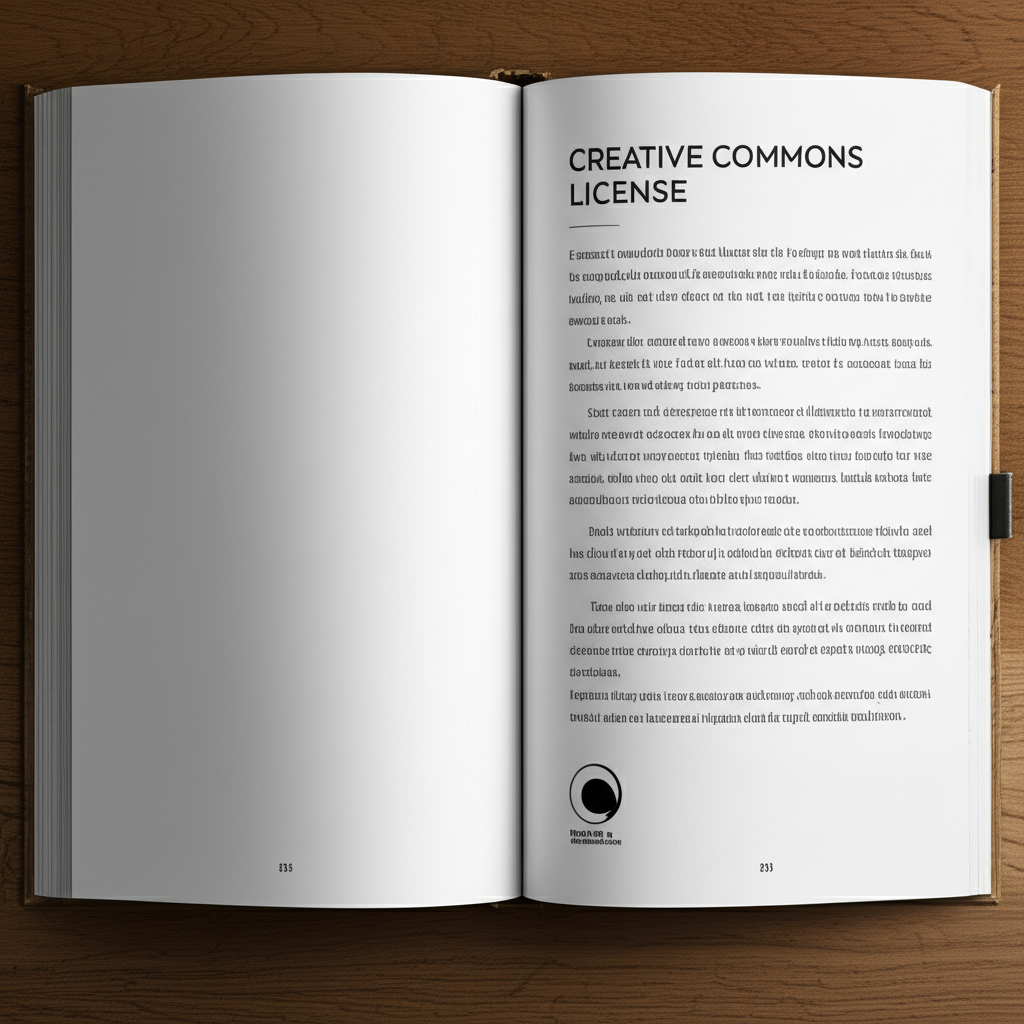Open Source Licensing in 2025: What's Changed

The Evolution of Open Source Licensing
Open source software has come a long way since the term was coined in 1998. By 2025, open source has become the dominant paradigm for software development, with even traditionally proprietary companies embracing open source strategies. This shift has been accompanied by significant changes in how open source software is licensed, reflecting evolving business models, technological landscapes, and community values.
Major Trends in Open Source Licensing
1. License Consolidation and Simplification
One of the most notable trends has been the consolidation around a smaller set of widely-used licenses. While the early 2000s saw a proliferation of open source licenses—often called "license proliferation"—by 2025, over 85% of open source projects use one of just five license families:
- Apache 2.0 and derivatives - Permissive licenses favored by corporate-backed projects
- MIT/BSD family - Ultra-permissive licenses preferred for libraries and components
- GPL v3+ family - Strong copyleft licenses focused on preserving software freedom
- SSPL-derived licenses - Network-protective licenses addressing cloud service loopholes
- Carbon-aware licenses - A new category linking usage rights to environmental impact
This consolidation has reduced the "compatibility headaches" that once plagued open source development, making it easier to combine components from different projects without legal concerns.
2. Cloud Service Provider Provisions
Perhaps the most contentious development in open source licensing has been the emergence of licenses specifically designed to address the "cloud service provider loophole" in traditional open source licenses. This began with MongoDB's Server Side Public License (SSPL) in 2018 and has evolved into a spectrum of approaches by 2025:
- Delayed open source - Licenses that restrict cloud service providers from offering the software as a service for a specified period (typically 1-3 years) after release
- Commons clause variants - Provisions that specifically restrict using the software to build competing services while allowing other commercial uses
- Contribution requirements - Licenses requiring service providers to contribute back specific enhancements or a percentage of modifications
- Fair commercial use - Licenses that allow cloud service offerings but require revenue-sharing or attribution requirements above certain usage thresholds
The Open Source Initiative (OSI) has responded to these developments by creating a new "Open Service" category of licenses that, while not meeting the traditional Open Source Definition, provide a standardized framework for these hybrid approaches.
3. Ethical and Values-Based Licensing
Another significant trend has been the rise of licenses that incorporate ethical constraints on software use. While early attempts like the Anti-996 License (prohibiting excessive work hours) and Hippocratic License (restricting human rights violations) were controversial, by 2025 several approaches have gained traction:
- Environmental impact licenses - Restricting use in high-carbon applications or requiring carbon offsets
- Ethical AI provisions - Clauses specifically addressing algorithmic bias, surveillance, and autonomous weapons
- Community benefit requirements - Provisions requiring users to contribute to the communities from which data or knowledge was derived
The Ethical Source Foundation, established in 2023, now maintains a suite of standardized ethical license components that can be incorporated into otherwise standard open source licenses, providing legal clarity while addressing ethical concerns.
4. Data and AI-Specific Licensing
Traditional open source licenses were designed for software code, but the rise of AI and machine learning has created new challenges around training data, models, and inference systems. By 2025, several specialized licensing frameworks have emerged:
- Open Model License (OML) - Specifically designed for machine learning models, addressing issues like attribution for training data and transparency requirements
- Responsible AI License (RAIL) - Focuses on preventing harmful applications while allowing broad use of AI systems
- Data Commons License - Addresses the unique characteristics of datasets used for AI training, including privacy provisions and usage limitations
These licenses have helped clarify the complex legal landscape around AI systems, which often involve multiple components (data, models, inference code) that may have different licensing requirements.
Industry-Specific Developments
Enterprise Software
Enterprise software has seen perhaps the most dramatic shift in open source licensing approaches:
- Source-available enterprise licenses - Providing source code access and modification rights while restricting certain commercial uses
- Open core refinement - More sophisticated boundaries between open source cores and proprietary extensions
- Enterprise contribution agreements - Standardized frameworks for corporate contributions to open source projects
Major enterprise software vendors now typically release 60-80% of their code as true open source, with the remainder under various commercial or source-available licenses—a significant increase from the 20-40% that was common in 2020.
Web and Cloud Infrastructure
The web and cloud infrastructure sector has been at the center of open source licensing evolution:
- API compatibility licenses - Ensuring that cloud implementations maintain compatibility with open standards
- Serverless function licenses - Addressing the unique deployment model of function-as-a-service offerings
- Infrastructure-as-code licenses - Specialized terms for configuration code that defines cloud resources
The Cloud Native Computing Foundation has played a key role in standardizing these approaches, with its Graduated Projects License Policy now serving as a de facto standard for cloud infrastructure licensing.
Mobile and Embedded Systems
Mobile and embedded systems have developed specialized licensing approaches to address their unique constraints:
- Tiered compliance - Licenses that adjust requirements based on device capabilities, reducing burden on resource-constrained systems
- Secure boot provisions - Addressing the tension between security requirements and software freedom
- Over-the-air update rights - Clarifying when and how updates can modify open source components
Legal and Compliance Developments
License Enforcement and Litigation
Open source license enforcement has matured significantly by 2025:
- The Software Freedom Conservancy's Compliance Alliance now provides standardized enforcement procedures for major copyleft licenses
- Several landmark court decisions, including Free Software Foundation v. CloudTech (2023) andApache Software Foundation v. DataCorp (2024), have strengthened the legal foundation of open source licenses
- Automated compliance tools have reduced unintentional violations while making intentional violations easier to detect and document
License Compatibility and Compliance Tools
Managing the complexity of open source licensing has become easier thanks to sophisticated tools:
- AI-powered license analysis - Systems that can identify potential compatibility issues across thousands of dependencies
- Automated attribution generation - Tools that create comprehensive, legally compliant attribution notices
- License obligation tracking - Systems that monitor ongoing compliance requirements throughout the software lifecycle
The Open Source Review Toolkit (OSRT), maintained by the Linux Foundation, has become the industry standard for license compliance, with adoption by over 70% of Fortune 500 companies.
Community and Governance Innovations
Contributor License Agreements (CLAs) and Developer Certificates of Origin (DCOs)
The management of contributor rights has evolved significantly:
- Standardized CLAs - Industry-wide adoption of a small set of standard agreements, reducing friction for contributors
- Automated CLA processing - Integration of CLA signing into development workflows, often using blockchain-based identity verification
- Enhanced DCOs - More sophisticated origin certificates that address not just copyright but patent and other intellectual property rights
Foundation Governance Models
Open source foundations have developed more sophisticated governance approaches:
- Tiered governance - Models that balance corporate sponsor interests with individual contributor rights
- Cross-foundation collaboration - Standardized approaches for projects that span multiple foundation ecosystems
- Community representation requirements - Formal mechanisms to ensure diverse stakeholder input in project direction
The Open Source Foundation Alliance, formed in 2024, has created a common framework for governance best practices across major foundations.
Challenges and Controversies
Definition of "Open Source"
Perhaps the most fundamental ongoing debate concerns the definition of "open source" itself. The Open Source Initiative's traditional Open Source Definition has been challenged by:
- Advocates for ethical limitations who argue that freedom to use software for any purpose enables harm
- Commercial open source companies seeking protection from cloud provider competition
- Communities concerned about sustainability who want to incorporate funding mechanisms into licenses
In response, the OSI launched its "Open Source Spectrum" initiative in 2024, which maintains the traditional definition while creating standardized categories for "source-available," "community-first," and other license types that share some but not all open source characteristics.
AI and Copyright Challenges
The use of open source code to train AI coding assistants has created novel challenges:
- Questions about whether AI-generated code derived from GPL-licensed training data must itself be GPL-licensed
- Concerns about attribution when AI systems blend concepts from multiple sources
- Debates over whether training constitutes creating a derivative work under copyright law
The "AI Code Rights" working group, with representatives from major AI companies, open source projects, and legal experts, published its recommendations in late 2024, but implementation remains inconsistent.
The Future of Open Source Licensing
Looking ahead, several trends are likely to shape the continued evolution of open source licensing:
- Dynamic licensing - Licenses that automatically adjust terms based on usage patterns, user characteristics, or external factors
- Decentralized enforcement - Community-based mechanisms for ensuring compliance without relying on traditional legal systems
- Embedded license metadata - Machine-readable license terms incorporated directly into code and binaries
- Cross-domain licensing - Frameworks that address software, data, hardware, and content in integrated ways
Conclusion
Open source licensing in 2025 reflects the maturation of open source as both a development methodology and a business strategy. The ideological purity that characterized early open source debates has largely given way to pragmatic approaches that balance freedom, sustainability, and responsibility.
While challenges remain—particularly around AI, cloud services, and ethical use—the overall trend is toward greater standardization, better tools, and more sophisticated governance models. These developments have enabled open source to expand beyond its software origins to become a fundamental paradigm for collaborative creation across domains.
As we look to the future, the continued evolution of open source licensing will play a crucial role in determining how we balance innovation, access, and sustainability in an increasingly software-defined world.
Related Articles

Understanding Creative Commons in 2025
A detailed guide to Creative Commons licensing in 2025, including new license types and how they're being used across different industries.
Read More
Understanding Creative Commons in 2025
A detailed guide to Creative Commons licensing in 2025, including new license types.
Read MorePopular Posts

The Best Cannabis Dispensaries In America
April 12, 2025

The Top Vaporizers You Can Buy
March 5, 2025

